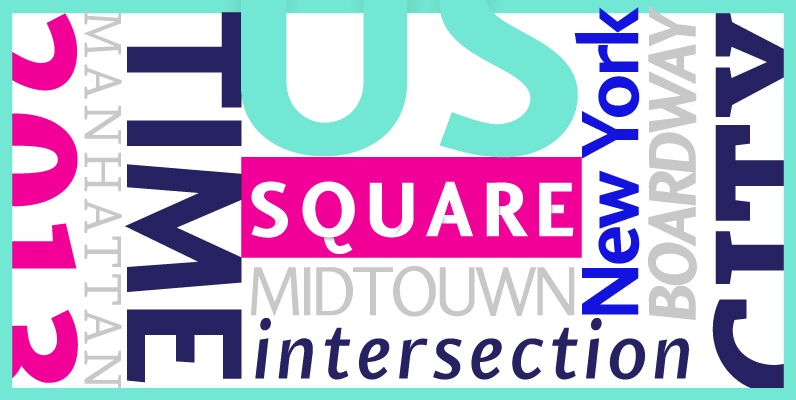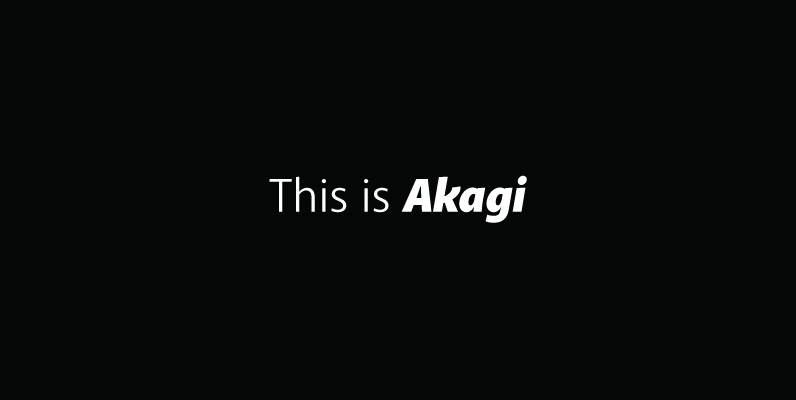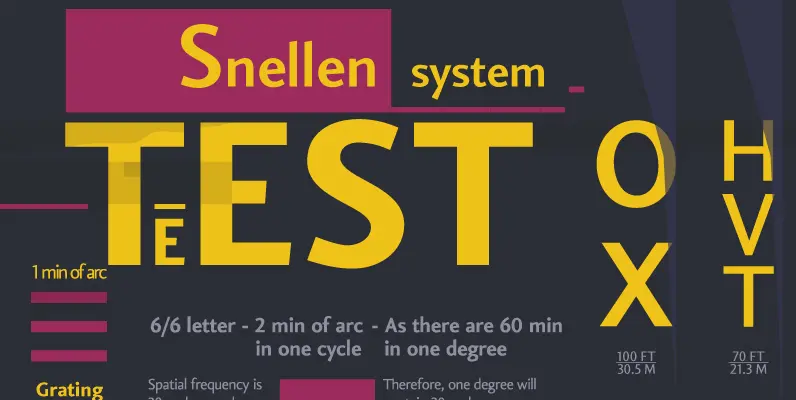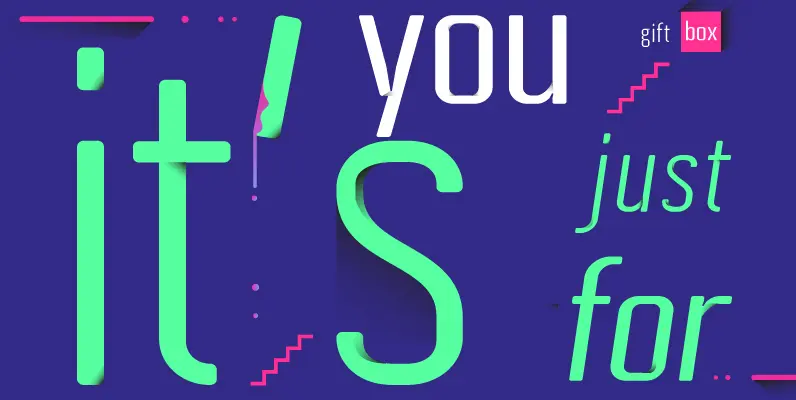Tag: positype
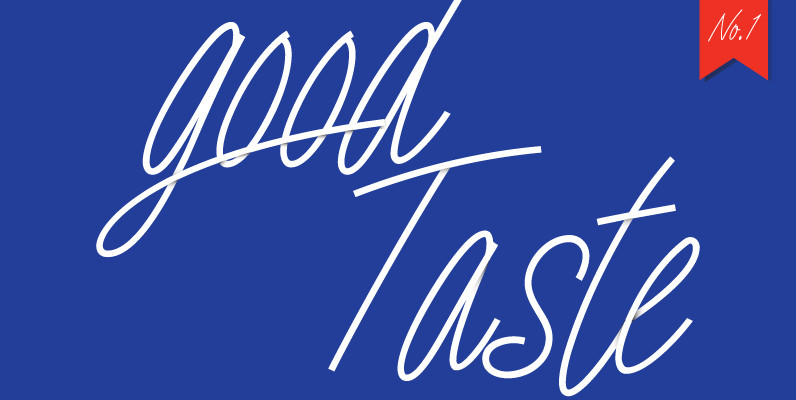
Angel Script Font
Angel Script found its origins a few years ago when I was developing Luce. Luce utilized varying style numbers to allow you to mix/match and create different type looks. This was before OpenType had caught on and the type family
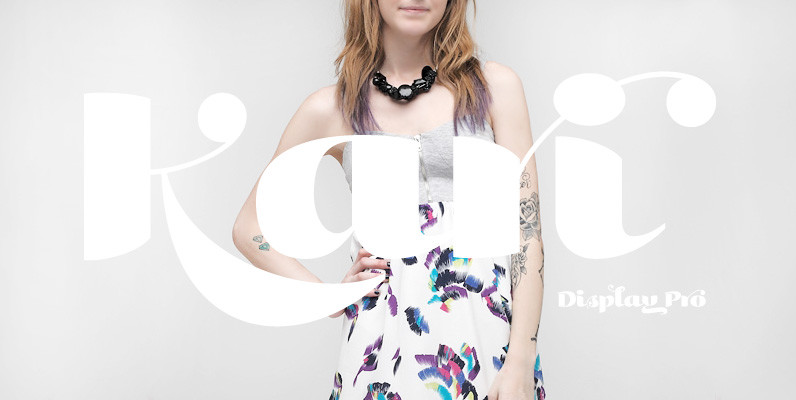
Kari Display Pro Font
Kari Display is the product of a long standing idea I had to give the well-received Positype typeface, Kari, plastic surgery. Just referring to giving a typeface plastic surgery, or letter lipo, stuck in the back of my head until
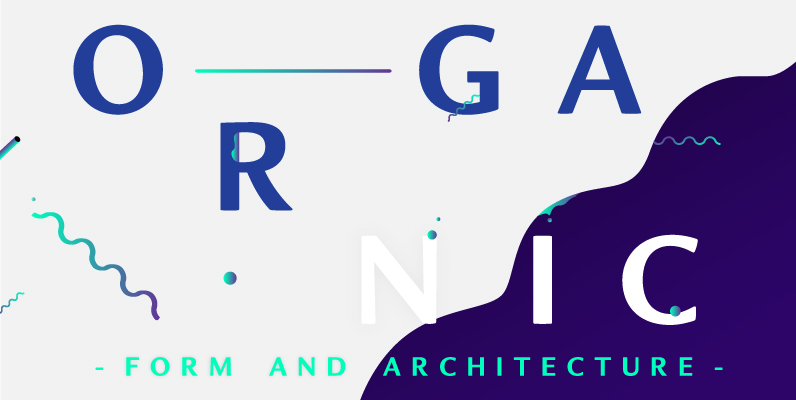
Organic Font
Organic was designed to be highly legible and flexible. I wanted to create a very refined sans-serif that could be used for display or body copy, for print or digital. The Opentype flexibility allowed me to expand the look of

Aaux Next Family Font
When the original Aaux was introduced in 2002, I intended to go back and expand the family to offer more versatility. Years went by before I was willing to pick it up again and invest the proper time into building

